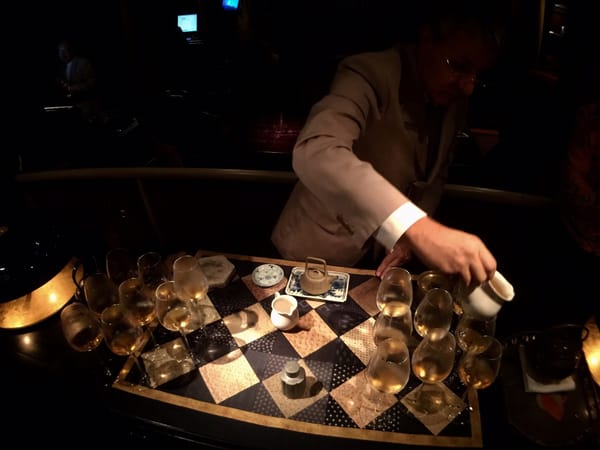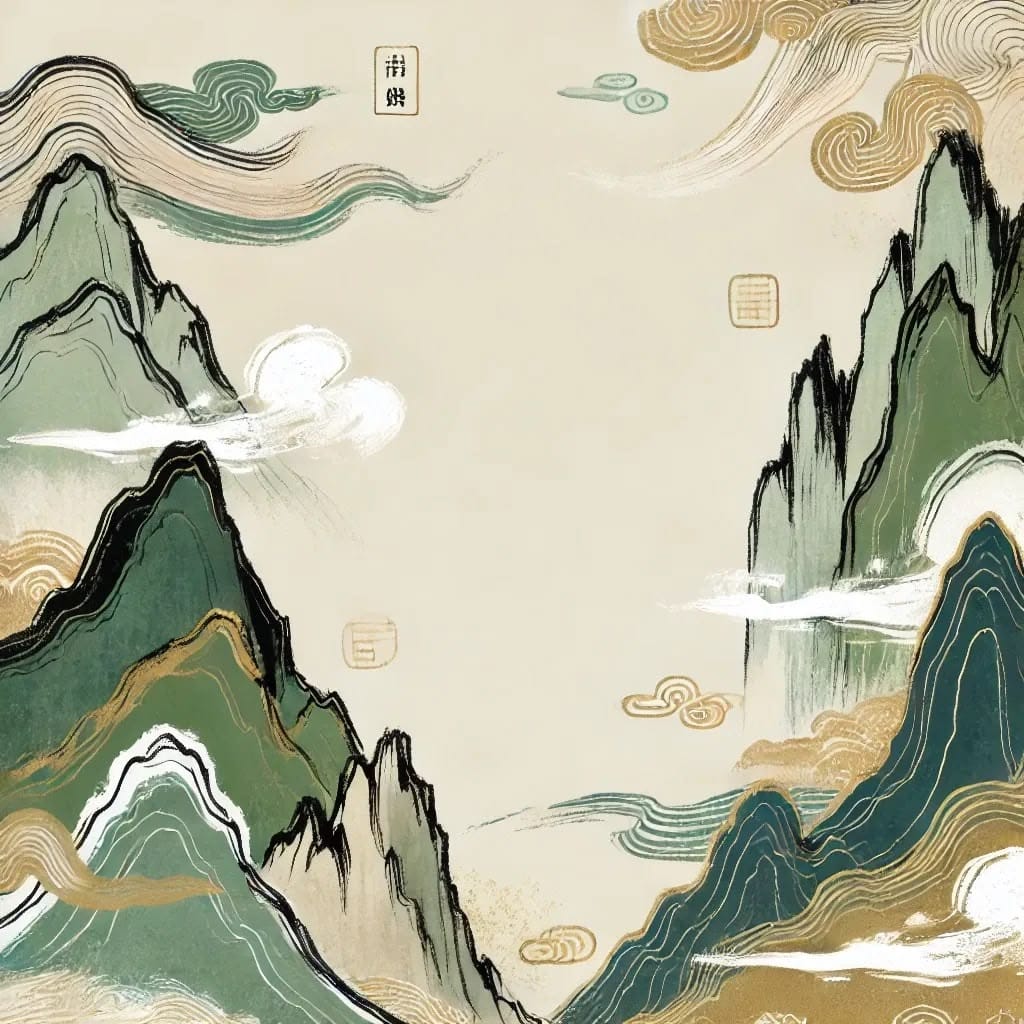In this fast-paced world, there are still quiet and refined pleasures that have withstood the test of time—like a single tea leaf or a glass of aged wine. These are not merely beverages, but vessels of human taste and cultural refinement. Have you ever wondered what kind of deep, time-transcending dialogue could unfold between aged Eastern tea and matured Western wine?
When Time Becomes Part of Flavor
Imagine sipping a 1920s vintage Hao Ji Pu'er or a 1949 Burgundy wine. What are we really tasting? The raw materials—tea leaves or grapes? The brilliance of traditional craftsmanship? Or… time itself?
“Time matters greatly, yet we often forget it, dismiss it, or fail to notice its presence.”
Indeed, this is the core mystery of aged tea and wine—we are tasting time. Every sip of tea liquor or wine carries the imprint of years gone by. These are flavors no modern technique can replicate.
The Flavor Pinnacle of Two Great Civilizations
East and West—two cultural trajectories that never overlapped—yet both reached the same summit of taste. Aged tea and vintage wine are like poets speaking different tongues, finally meeting in the high tower of time.
In Eastern culture, tea has long been a symbol of refinement. From 500-year-old Pu'er tea trees in Yunnan to the 1940s Wuyi Tie Luohan, each aged tea represents a unique Eastern interpretation of time.
Similarly, Western wine culture has evolved over centuries. The 1957 Château Haut-Brion or the 1955 J. Thorin are testimonies to the West’s pursuit of sensory excellence.
Altogether, these bottles of tea and wine boast a combined age of 666 years. When placed side by side, they resemble sages quietly whispering—their voices perceptible only through your taste buds.
The Magic of Time: Unveiling Shared Aged Flavors
Have you noticed how both aged Eastern teas and Western wines develop similar flavor notes over time?
“Aged tea and wine both tend to exhibit aromas of dried berries, stewed fruit, smokiness, and hawthorn—a deep, mellow resonance in the sensory world.”
This isn’t coincidence. It’s the work of time, the invisible brewer, who uses the same principles on different mediums to create a shared language of taste.
Let’s break it down:
- Common aromas in aged Pu'er tea: camphor, herbal medicine, plum, hay, sweet wood
- Common aromas in vintage wine: dried berries, leather, spice, cedar, mushrooms
The earthy depth of Wuyi rock tea and the richness of centuries-old Pu'er show striking resonance with the layered complexity of old wines. This reveals that despite differing cultural paths, both civilizations find common ground in their dialogue with time.
"Harmony Gives Birth to Substance": The Philosophy of Aging
In Chinese philosophy, the beauty of aging is captured in the term hé shí shēng wù (和實生物), originating from the Western Zhou Dynasty. It means "harmony begets life.” In aged wine, this is reflected through the oxidation of tannins, which softens and rounds the flavor over time.
With ideal temperature and humidity, a subtle tension between strength and softness emerges. This balance creates what we might call the “flavor of harmony.” It's more than chemistry—it's a way of life.
“In the past, ‘old’ was often seen as obsolete. But respecting civilization and time transforms it into something cherished.”
This mindset can also be applied to life. Things refined by time tend to become more balanced, integrated, and profound.
From Sensory Perception to Cultural Reflection
A bottle of 1934 Gevrey-Chambertin glows with ruby-like clarity.
It reveals the signature aromas of Pinot Noir—blueberry, black cherry, and a hint of tart red berries.
Sniff closer and you’ll detect rose, violet, spice, and subtle oak—time gently weaving all layers together.
Even if the label fades, the flavor within remains vivid. Time doesn’t just pass—it participates. Through aging, the wine softens, becoming what is often described as “harmonious.”
Eastern aged tea echoes this as well. When you sip a century-old Pu'er, you sense the smooth roundness and depth that only time can create.
“Time lives in wine, just as it lives in our lives. We may have missed the moment of creation, but now we participate in something born a hundred years ago.”
Through this shared moment, we touch the lives of those who came before. Savoring aged tea and wine isn’t just about taste—it’s a conversation with history.
Collecting Time: A Lesson for Modern Living
In today’s era of instant gratification, the culture of aged tea and wine teaches us something precious: slow down and befriend time.
“Through the turning of seasons—50, 60, 70, 80… even 100 years—each vintage is a race with time, revealing how age enriches energy and substance.”
This is not just about collecting rare bottles, but about embracing a lifestyle. When we learn to cherish things refined over time—whether material or emotional—our lives become deeper and more meaningful.
A Civilized Convergence on the Palate
Eastern tea and Western wine may have walked different paths, yet in the dimension of time, they intersect. Their meeting goes beyond flavor—it reflects the evolution of human civilization.
“Taste can be as small as a daily meal—or as grand as the convergence of cultures.”
With modern palates, we reach back in time, experiencing the flavors of a distant past. This dialogue allows us to better understand time, culture, and even life itself.
So next time you sip aged Pu'er or vintage wine, pause for a moment. Consider the story behind the flavor. You may discover that within an ordinary drink lies a profound revelation about the human experience.
To collect time is not merely to preserve objects, but to hold onto the wisdom and memory they carry. Through this East-West dialogue of aged tea and wine, we explore the alchemy of time and taste, and rediscover the grace of living slowly in a busy world.
So, when you raise your cup of vintage tea or wine, ask yourself:
Are you tasting the flavor—or tasting time?
That may just be the secret tea and wine have been whispering to us across a thousand years.


